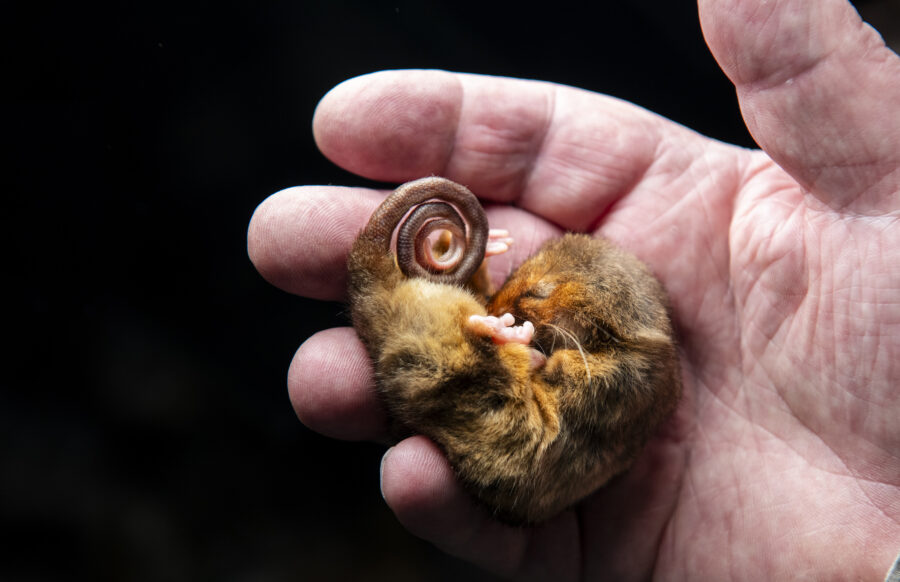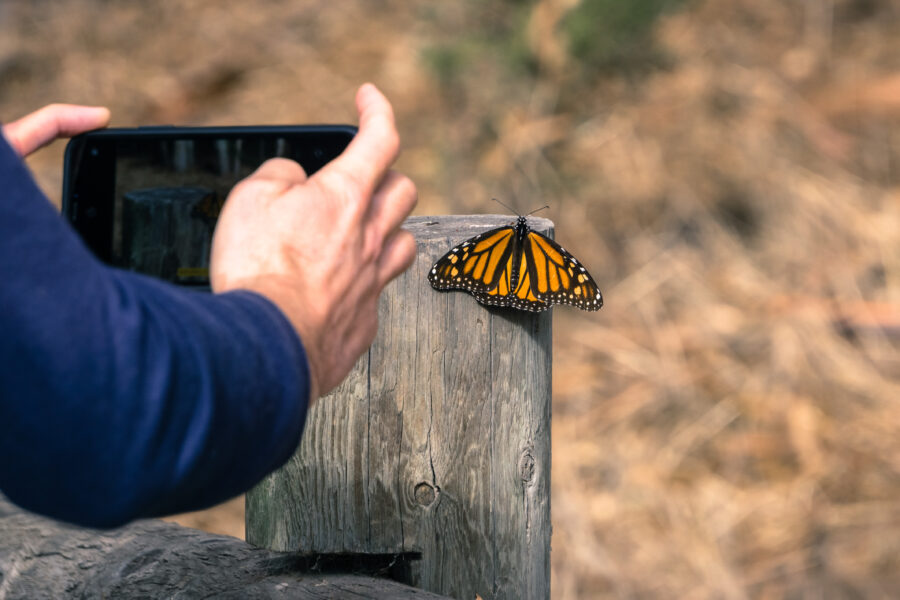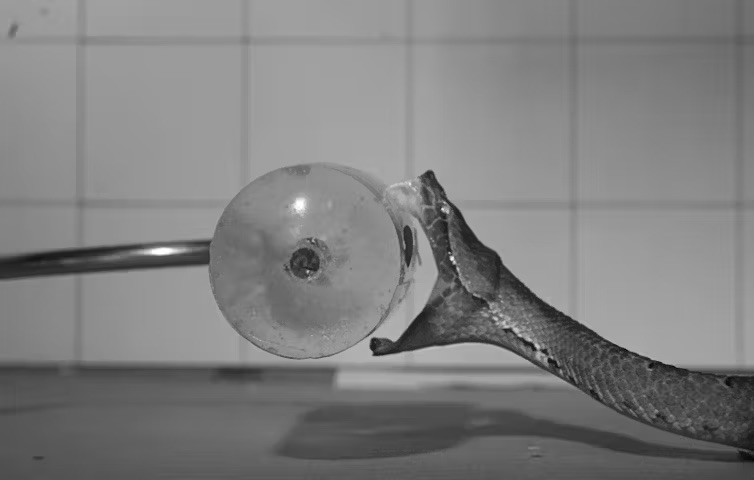Heard Island: The unchanging magnificence

HEARD ISLAND GREETED us in characteristic fashion, with a 40-knot gale and no hope of a landing. Clumps of melting snow meandered down the windows of the bridge. We looked out on a breaking sea streaked with foam under low grey clouds. How long was this going to last? Would we be able to get ashore at all?
This was my eighth visit to Heard, a wild and beautiful place some 4100km south-west of Perth – roughly equidistant from Australia and South Africa – and about 1650km north of Antarctica. The island is 43km long and 21km wide. Most of it is a massive, ice-covered active volcano named Big Ben, with a summit plateau at 2285m, from which the cone of Mawson Peak – the highest point on Australian territory – rises to 2695m. Vapour is continually emitted from the summit and sometimes from lower vents, and there are occasional eruptions and lava flows.
Over nearly 60 years, the island has been a source of fascinating scientific findings and intense personal experiences for me. I spent 14 months there in 1954–55 as an Australian National Antarctic Research Expedition (ANARE) medical officer and expedition leader and had made a brief but informative visit in 1960 while returning from Antarctica’s Mawson Station. Over the next 11 years, I travelled there extensively during four small summer expeditions.
My companions and I had experienced to the full the island’s vivid contrasts of Antarctic and subantarctic conditions, its delightful wildlife and vegetation, its alarming switches between surreal beauty and extreme violence, its air of quiet menace and its unfortunate habit of springing deadly surprises.

King penguins huddle near the historic ruins of Australia’s first Antarctic station, established in 1947 on the shore of Atlas Cove. (Image: Mike Dillon)
Journey to Heard Island
WE’D SET OUT 13 days previously from Fremantle, Western Australia, aboard Heritage Expeditions’ Spirit of Enderby (also known as Professor Khromov). Photographer and filmmaker Mike Dillon and I were charged with the pleasantly vague roles of expedition hosts to members of the Australian Geographic Society.
Most of our fellow passengers were birders – remarkable people who like nothing better than to stay on deck from dawn to dusk, armed with huge telephoto lenses and super-fast cameras, photographing as many of the world’s birds as they can. Interesting and agreeable shipmates, the birders came from as far afield as Scotland and Sweden.
To avoid battering against the adverse winds and seas of the direct route to Heard, our ship had taken a dogleg course via Amsterdam Island, where the birders were overjoyed to find one of the world’s rarest species, the Amsterdam albatross, which has a population of fewer than 200 individuals. The sighting was warmly toasted in the bar that night.
Anticipation mounted as we headed further south for Heard Island, in strong wind, rough seas and falling temperatures. On the eve of our arrival, voyage leader Rodney Russ briefed us about the permitted visitor areas. Then the Australian Antarctic Division’s (AAD) representative Kate Kiefer explained the strict quarantine measures required to prevent alien plants and insects from invading this pristine island. The detailed briefings were followed by a cleaning marathon of nearly five hours, to vacuum everybody’s outer clothing and the equipment they intended to take with them ashore.

Writer Grahame Budd surveys the Southern Ocean from the stern of the Spirit of Enderby on the voyage to Heard Island – his eighth visit in 60 years – to observe the changes there. (Image: Mike Dillon)
Next morning we woke to a southerly gale and continuous snow, in sight of the island but unable to land. All day, glimpses of Heard came and went as we slowly steamed upwind and downwind, vainly hoping for the weather to ease enough to let us land. I tried not to think about Sir Douglas Mawson’s visit in 1929, when his party, ready to leave after three days ashore, had to wait five days before the weather improved enough for them to re-embark.
On our second day of waiting to land, in the continuing gale, we cruised along the north coast towards Spit Bay in hope of finding better conditions. As we came under the lee of Big Ben and Mawson Peak, the wind eased, the clouds dispersed and the mountain appeared in all its glory. Everyone on deck hastened to be photographed against this superb backdrop, no less alluring for me now than it had been when I first saw the island, nearly 60 years ago.
Then, I’d looked out at dawn and seen the red volcanic cones and the blue lights of the glaciers and the snow fields going up into the clouds, the great cliffs and the sooty albatross calling… It was absolute magic, a magic that was never to fade.
Past expeditions to Big Ben
IN 1954 MY RESPONSE to the overwhelming presence of Big Ben was a strong desire to climb it. Many of my predecessors had felt the same, but only one group had found the time required.
In November 1953, John Béchervaise, Fred Elliott and Peter Shaw climbed diagonally for 3km across the heavily crevassed Abbotsmith Glacier. In a climb lasting 17 days, and mostly pinned down by unrelenting blizzard, they reached an elevation of 1500m before being forced to retreat.
In January 1963 Jon Stephenson, Warwick Deacock and I climbed a new route from Long Beach and camped for five days on the summit plateau. We were ready to climb Mawson Peak and study its geology, vulcanology and glaciology as soon as the weather relented. But the continuing blizzard, a lost food depot, and other misadventures forced us back to Long Beach. We’d lost our tent, sleeping-bags, ice-axes and equipment, and both my hands were frostbitten. But we were alive!

Wearing a halo of volcanic vapour and orographic cloud, Mawson Peak – the summit of Big Ben – shines on a rare clear day. (Image: Mike Dillon)
After five days in a makeshift bivouac we walked around the island to rejoin our three colleagues at Atlas Cove. By the time we left Heard, we’d all completed a broad scientific program – but the mountain was still unclimbed.
In January 1965 Warwick and I, with three companions, were back on Heard, having sailed there in 19m schooner Patanela, skippered by the veteran navigator H.W. (Bill) Tilman. We climbed over South Barrier and the Fiftyone Glacier to establish our siege camp at Budd Pass (1220m). Four days later the weather cleared, and after a nine-hour climb we reached the summit, elated and relieved to have climbed our mountain at last.
We navigated by compass back to our camp in a wet north-west gale, arriving shortly before a violent blizzard began. Three days later we returned to Capsize Beach, and after two weeks of scientific work around the coast we were back aboard Patanela. Five weeks later we were back in Sydney.
Heard is so isolated and its weather is so capricious that only three parties have succeeded in climbing Mawson Peak in the five decades since our success.
The changing sight on Heard Island
FROM Spirit of Enderby, I could see remarkable changes on the island. In 1954, on my first visit, we’d had to cross eight heavily crevassed glaciers from Atlas Cove to Spit Bay, all of them ending in 40m ice cliffs washed by the sea.
Now three of those glaciers terminated far inland, behind lagoons as much as one kilometre in length. It was strange indeed to see the snowy hills of the Dovers Moraine at Spit Bay backed by nothing but a lagoon, where previously we had walked on the Stephenson Glacier, high above the ground.
As we approached Spit Bay the wind rose again, dashing any hope we had of landing there, and we returned to Atlas Cove, where to our relief we found the wind had eased enough to let the ship anchor safely. Soon the inflatable Zodiacs had ferried us all ashore and we felt the longed-for black sand of Heard Island under our boots.

From left, Warwick Deacock, John Crick, Colin Putt and Philip Temple celebrate the first ascent of Big Ben in 1965. (Photo taken by Grahame Budd)
Climate change or not, for late November it was a remarkably cold day – the waterfalls frozen, new snow and old drifts everywhere, the freezing wind numbing our faces. Cameras at the ready, the birders eagerly dispersed along the shore in search of new subjects – but some of us had other work to do.
My main aim was to update – to whatever extent proved possible in the brief time available – one of my previous long-term projects at Heard. In strenuous marches during five expeditions between 1954 and 1971, my companions and I had documented extraordinary fluctuations in glaciers, and the island’s colonisation by king penguins and Antarctic fur seals.
Before sailing I had obtained the AAD’s permission to go beyond the normal visitor area in order to reoccupy viewpoints from which I’d photographed the glaciers and wildlife during my previous visits. I was lucky to have Mike’s assistance to take photographs and video. My daughter Silver recorded the GPS location of each viewpoint and the AAD’s Graeme Denny helped maintain radio contact with the ship and carry our equipment.
Over the next eight hours we made observations at Mt Andrée, South West Bay, Erratic Point and Corinthian Bay. In 1969 and 1971, the Vahsel, Baudissin, and Nares glaciers had astonishingly advanced, but this time all three clearly shared in the continuing retreat that was obvious everywhere we looked on the island.
RELATED VIDEO: Return to Heard Island
A striking change from previous visits was that as we combed the beaches we found no fur seals. We had first sighted two fur seal pups in 1963 and the population had increased exponentially to 1012 pups and 29,256 non-breeding adults in 2001. They had never favoured the beaches we were now inspecting, but it was unusual to find none at all.
King penguins, however, were there in abundance. We encountered 1000 or so at South West Bay, in groups of 20–100 birds. Many of them were newly fledged chicks from the previous summer, but unfortunately we hadn’t the time to find – somewhere behind the beach – the colony of incubating parents and unfledged chicks from which they had come. I must confess to a paternal interest in this colony, where I had counted a single incubating bird in 1963, 17 eggs and chicks in 1969, and 38 eggs and chicks in 1971. Over the next three decades the colony had increased to about 2000 breeding pairs in 2001.
During the afternoon the wind dropped and the sky cleared. Until daylight faded, Big Ben stood clear and magnificent, vapour billowing from its peak. The following morning the wind returned and a further inspection of Spit Bay offered no hope of a landing. In the afternoon the ship visited McDonald Island, about 40km west of Heard, prudently going no closer than 2km in those uncharted waters. At the time of the first landing on McDonald, in 1971, there had been no sign of volcanism, but a series of eruptions beginning in 1992 had doubled the island’s area and trebled its height.
The island’s topography appeared little changed since my last visit in 2002. Regular puffs of vapour were still being emitted – but the abundant fumaroles (volcano holes emitting vapour) and hot lavas of 2002 were no longer apparent. Remnants of recent snowfalls lay unmelted on the upper slopes of the main volcanic cone.
On our last morning at Heard, the weather allowed some passengers to land at Atlas Cove and inspect the ruins of the old ANARE station and a sealers’ hut. Others cruised in Zodiacs along the Laurens Peninsula to photograph the colonies of macaroni and rockhopper penguins. In the afternoon we set sail for Albany, WA, and as a farewell gesture Big Ben again revealed itself – keeping many of us on deck, unable to turn away, until it had faded into the horizon’s haze.
This article was originally published in the May-Jun 2013 issue of Australian Geographic (AG#114).




